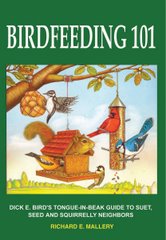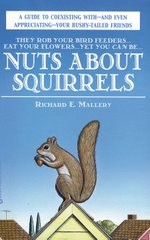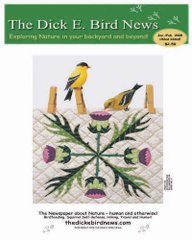
The Hunt&Peck Report--Scientists are discovering that mistletoe has more to do with the birds and the bees than just kissing.
New research indicates that the romantic Christmas plant, best known for hanging above the head of someone you want to kiss, is essential to several species of birds, bees and animals.
The plant is a parasite that attaches itself to trees. But when researchers recently looked at areas where mistletoe had run amok, they found increased populations of bees and birds that feed on the plant’s bright red berries.
Now the U.S. Geological Survey—which also does biological research—will go high-tech with satellite tracking to help explain why.
Mistletoe blooms in the Southwest in February, and for a time it’s the only food available for bees. Through the winter, its berries are also practically the only food for the silky flycatcher, a beautiful black bird common in the Southwest.
"Without the desert mistletoe, they would have to go elsewhere or the population would decrease,’ said researcher Diane Larson of the Geological Survey. "We saw more birds and more species in mistletoe-infested areas," said USGS research ecologist Rob Bennetts of Gainesville, Fla., describing mistletoe’s effect across the country. "It’s a food source for a lot of species," including small mammals such as squirrels.
For humans, the allure of mistletoe may have started in Norse mythology, which describes it as the sacred plant of Frigga, goddess of love.
I knew squirrels would be implicated somehow in this mistletoe thing. They will eat anything that doesn’t eat them first and they love to chase each other around with a chunk of mistletoe in tow.






No comments:
Post a Comment